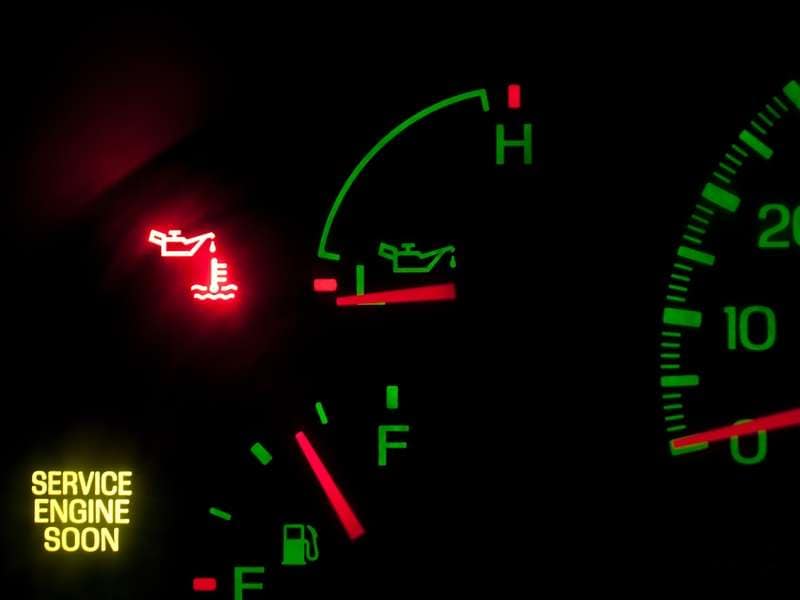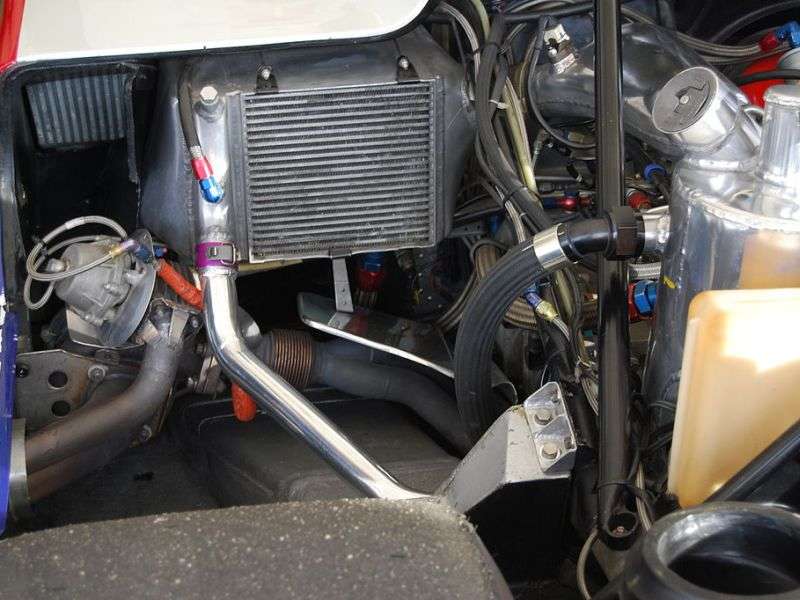Recent Articles
Popular Makes
Body Types
Replacing A Fuel Pressure Regulator

The fuel pressure regulator regulates the pressure of the fuel in the fuel lines to the proper level. If the fuel pressure regulator is defective the fuel pressure supplied by the fuel pumps may be too high (or sometime too low) resulting in the incorrect amount of fuel being injected each time the fuel injectors fire. Normal symptoms would include a vehicle that is running rich with black smoke coming out of the exhaust, decreased fuel economy, and potentially gasoline in the oil.
The fuel regulator is a small cylindrical object, normally in the engine bay, with a vacuum hose running to it. It will also be attached to the fuel lines somehow, either via hoses or by direct connection to a fuel rail. If the vehicle is equipped with a test port you should be able to test the fuel pressure regulator's operation by attaching a gauge to the test port. With the gauge attached and the car running take a fuel pressure reading. If you have access to the manufacturer's information you can compare this to the expected value, otherwise turn off the engine and disconnect the vacuum hose from the regulator. Inspect for any fuel inside that vacuum hose as this can indicate a leaky diaphragm in the regulator. With the hose still detached start the car and take another fuel pressure reading. The fuel pressure should have increased quite substantially with the vacuum hose removed (by around 10 or more PSI), otherwise there may be a leak in the vacuum hose or the regulator may be defective.
To replace the fuel pressure regulator the first step is to depressurize the fuel lines. The easiest way to do this is to remove the fuse or relay for the fuel pump and then start the car. Once the car dies the fuel lines should be mostly empty. Remove the vacuum and fuel lines from the fuel pressure regulator using a rag to catch any remaining fuel, and then undo any retaining nuts or clips to remove the regulator from the vehicle. Replace any gaskets or o-rings (and lubricate them with a small amount of engine oil) and then install the new fuel pressure regulator. Attach any clips or tighten any nuts on bolts that keep it in place, and then re-attach the fuel and vacuum lines.
Once everything is back in position replace the fuse or relay for the fuel pump. Turn the car to the on position to cycle the fuel pump, and then turn the car back off. Repeat this step a few times to repressurize the system while checking for leaks around the fuel pressure regulator. If everything checks out start the car and let it run for a few minutes. If the car is still leak free and seems to be running properly take it for a test drive. If the car seems to still be having issues check the fuel pressure again to ensure that it is now within specifications.
photo credit: Bill Abbott
